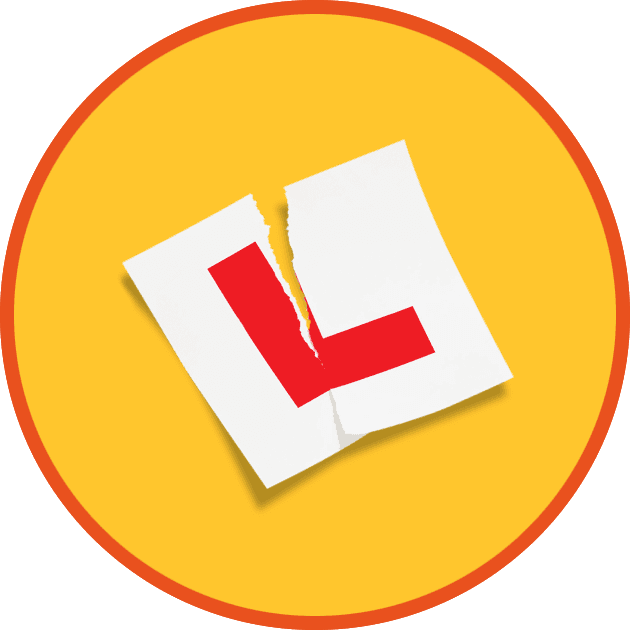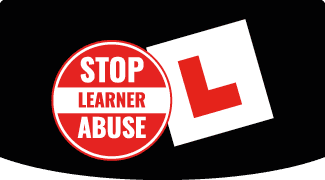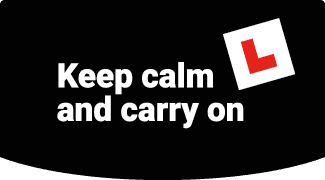Driving Test Checklist
Read our driving test checklist to help learner drivers know what driving test examiners are looking for

Did you know that the DVSA publishes the driving test checklist that examiners use? To make things easy we’ve gone through and explained what examiners are looking out for. As with any test, knowing what you’ll be marked on can help you be better prepared!
The driving test checklist contains 27 categories that cover the faults that examiners are keeping an eye out for. We’ve listed these categories for you and highlighted some of the common faults.
Pass or Fail?
Faults can be classed as major faults and minor faults.
Major faults
- An incident that causes danger to the candidate, the examiner, the public or property
- An incident that is potentially dangerous
Minor faults
- Driving behaviour that isn’t necessarily dangerous but could become dangerous if it happens frequently
That is everything you might need to know about the mark sheet and what the candidate needs to consider for their test. The most important thing for any learner the candidate to remember is to remain calm and remember what they have learned in their lessons. Best of luck with your driving test!
Eyesight
Controlled stop
Potential faults: Reacting slowly; not breaking hard enough; losing control.
Reversing Manoeuvres
- Reverse/Right, also known as “pull up on the right”
- Reverse park into a bay or parallel parking
- Forward bay parking
Potential faults: Stopping next to driveways, junctions or bends; not performing sufficient observations; not signalling or signalling too late; having wheels over the line of a parking spot.
Vehicle checks
Precautions
- All the doors are shut, and the seatbelt is not twisted
- The cars main controls can be operated safely (e.g. steering wheel and pedals)
- Mirrors are correctly adjusted
- If the handbrake is on
- That the car is in neutral (or in park (P) or neutral (N) for an automatic)
Potential faults: Jumping the car (starting the engine in gear); rolling forwards or backwards when the handbrake is off; adjusting mirrors while moving; etc
Control
- Use both clutch and accelerator to pull away smoothly
- Use the clutch when coming to a stop
- Not coast with the clutch down or car in neutral
- Brake smoothly
- Use the parking brake to stop the car from rolling
- Steering smoothly
Potential faults: Uncontrolled use of the accelerator, clutch or brakes; late use of the brakes; incorrect us of the parking brake; erratic steering; missing the turning point; taking both hands off the wheel. Hitting the curb is also a fault, but it is only a major if the candidate mounts the curb or hits it hard. A small graze or ‘tap’ would only be classed as a minor.
Move off
Potential faults: Not completing one or more of the observations; not signalling correctly; not moving off smoothly.
Use of mirrors
Potential faults: Not using mirrors effectively when needed.
Signals
Potential faults: Failure to give the necessary signal; giving a misleading signal; failure to cancel indicators; giving incorrectly timed signals that are too late or misleading.
Clearance/obstructions
Potential faults: Not leaving enough space when passing the obstruction or passing when it is not safe.
Response to signs/signals
Potential faults: Failure to react appropriately to signs or reacting too late.
Use of speed
Potential faults: Driving too fast for road, traffic or weather conditions.
Following distance
Potential faults: Not keeping a safe distance from the vehicle in front while moving or not leaving a reasonable gap when stopping in traffic.
Progress
Potential faults: Undue hesitation (such as not proceeding when it is safe to do so).
Junctions
Potential faults: Approaching at an inappropriate speed, lack of observations, late or incorrect signalling and positioning, being too close or too far away from the kerb when turning left, or cutting corners when turning right.
Judgement
Potential faults: Attempting an unsafe overtake, cutting in after an overtake, not showing appropriate judgement to oncoming traffic, or turning across the path of oncoming road users.
Positioning
Potential faults: Incorrectly moving across lanes at roundabouts or being in the wrong road position at unmarked roundabouts.
Pedestrian crossing
- Zebra crossings - Pedestrians have priority
- Pelican Crossing – Controlled by lights
- Puffin Crossing - Use sensors to tell when they are clear or if there are people still crossing to control the lights
- Toucan Crossing - Similar to Puffin, but wider so cyclists can use them as well
- Pegasus/Equestrian Crossings allow horses to cross as well
Potential faults: Not giving precedence to pedestrians using the crossing; not complying with the lights at the crossing.
Positional/ normal stops
Potential faults: Stopping in unsafe, illegal or inconvenient positions, or unsafe/uncontrolled move away.
Awareness/planning
Potential faults: Slow reaction to other road users, not reacting to other road users, or not planning an effective course of action.
Ancillary controls
Potential faults: Not keeping control of the vehicle while using ancillary controls; not using the correct ancillary control where needed.
Eco-safe driving
Examiner took action
Practice makes Perfect

Victims of road rage
Read shocking real-life experiences from learner drivers and driving instructors

Stop Learner Abuse
Together let's put pressure on government to do more to prevent on-road bullying of learner drivers!

How to handle road rage
Exclusive instructor tips on handling aggressive behaviour from other drivers to help you stay calm,



